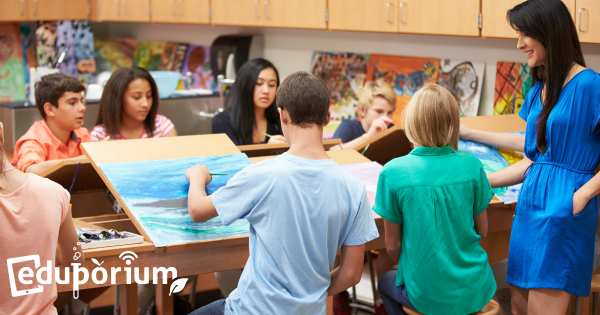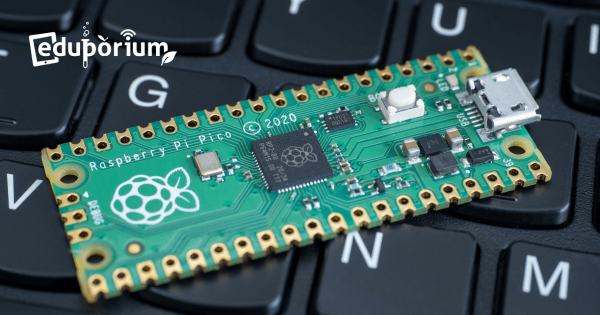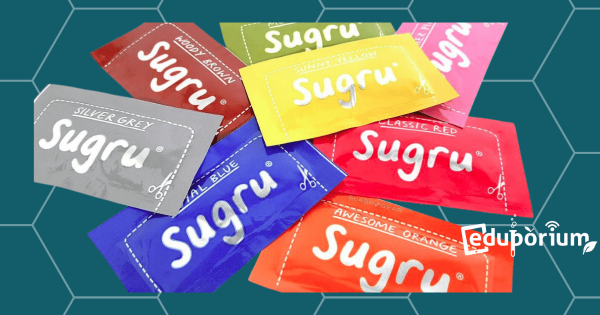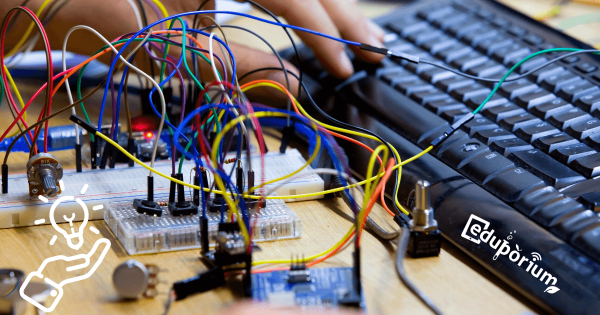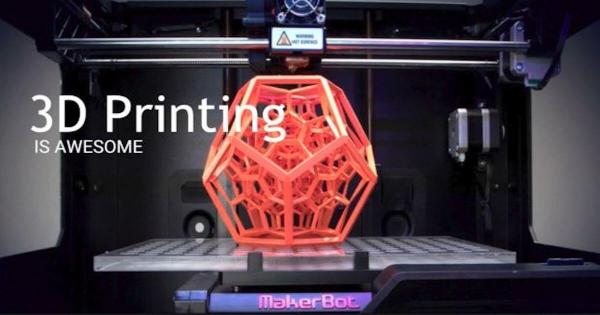Makerspaces have burst onto the scene in recent years and they are only becoming more popular as time passes, including in school environments. Perhaps because their benefits are so impactful or maybe because they’re super affordable and fun, makerspaces have helped spur a storm of STEM stimulation—for everyone from kids to teachers and even grandparents.
Maker Movement
-
Eduporium Weekly | Baking (Raspberry) Pi in the Classroom
The Raspberry Pi is a $35 computer about the size of a credit card. Its capabilities are astounding and it keeps getting more and more powerful as new models are released. What’s most impressive is the way it transforms complex projects into amazingly simple machines and helps shape future ready students through hands-on adventures.
-
Eduporium Weekly | Making Moves
The Maker Movement is incredibly powerful for something that just got its (official) start only a few years back. It’s completely user-driven and becoming a cornerstone for success in the 21st century. MakerEd is a form of STEM Education that combines and embodies the spirit of acquiring necessary knowledge through hands-on trial and error.
-
How Makerspaces Help Engage Students And Promote Creativity
Did you know how viable it is to create a makerspace for kids at your school? And did you know how easy it is? For that reason, educators across the country are beginning to rethink how and what they teach to kids in their K-12 years and many are taking a new approach that includes a much heavier emphasis on technology and STEM
-
Eduporium’s Technical Q&A (Or, Why You Should Buy Sugru)
Sugru is not just a product. It’s a lifestyle. Their philosophy is a simple one: if it’s broken, fix it. If it’s not broken, make it better. Anyone can be a fixer—all they need is the right tool. In case you haven’t noticed yet, Sugru is one of Eduporium’s favorite things. Out of the pack, it feels like sticky play-dough, but give it 24 hours and it will harden.
-
Assistive Tech Makethon—Start to Finish in 48 Hours
I wholeheartedly suggest encouraging kids, students, and peers to attend hackathons or makeathons, or community innovation days. Better yet, host one in your community! Let me tell you about my experience, and why I feel that being part of a group of people, making something together, is an invaluable experience.
-
Throwback Thursday! 3D Printers: Then and Now
As you might know, 3D printing has been around for a while. Here’s a little timeline. Fused Deposition Modeling (FDM) was developed by S. Scott Crump. This involves producing a model by extruding small beads of material which harden immediately to form layers. This method of 3D printing eventually took off with commercial and DIY enthusiasts.
- Page Previous
- Page 1
- Page 2
- You're currently reading page 3




